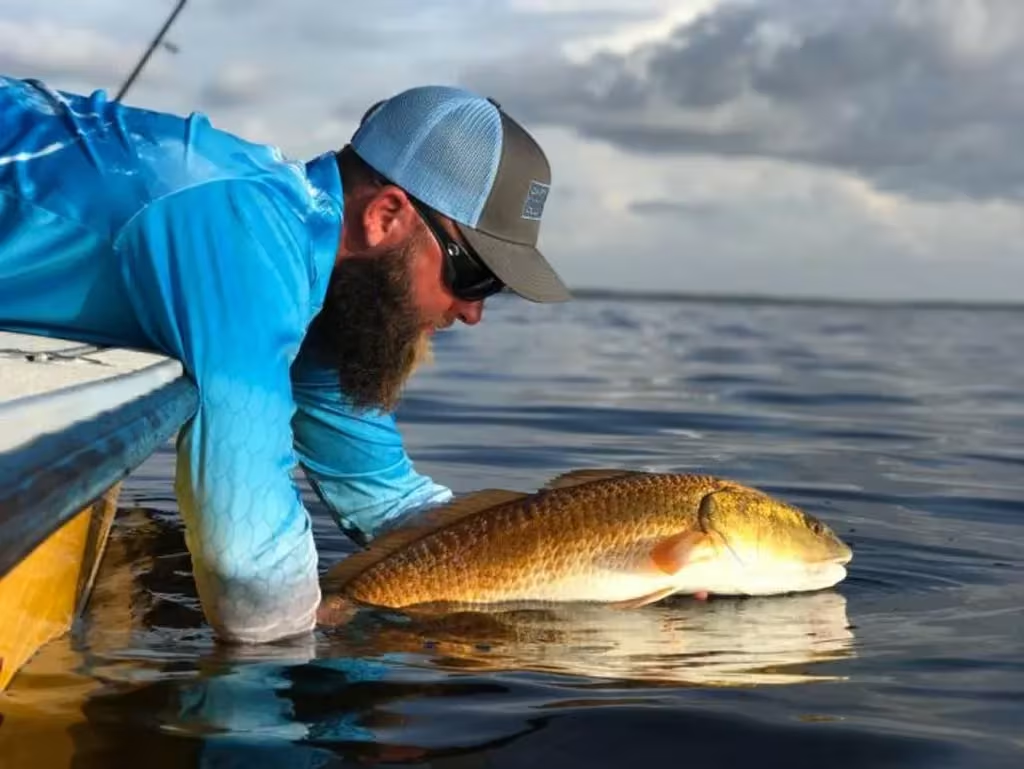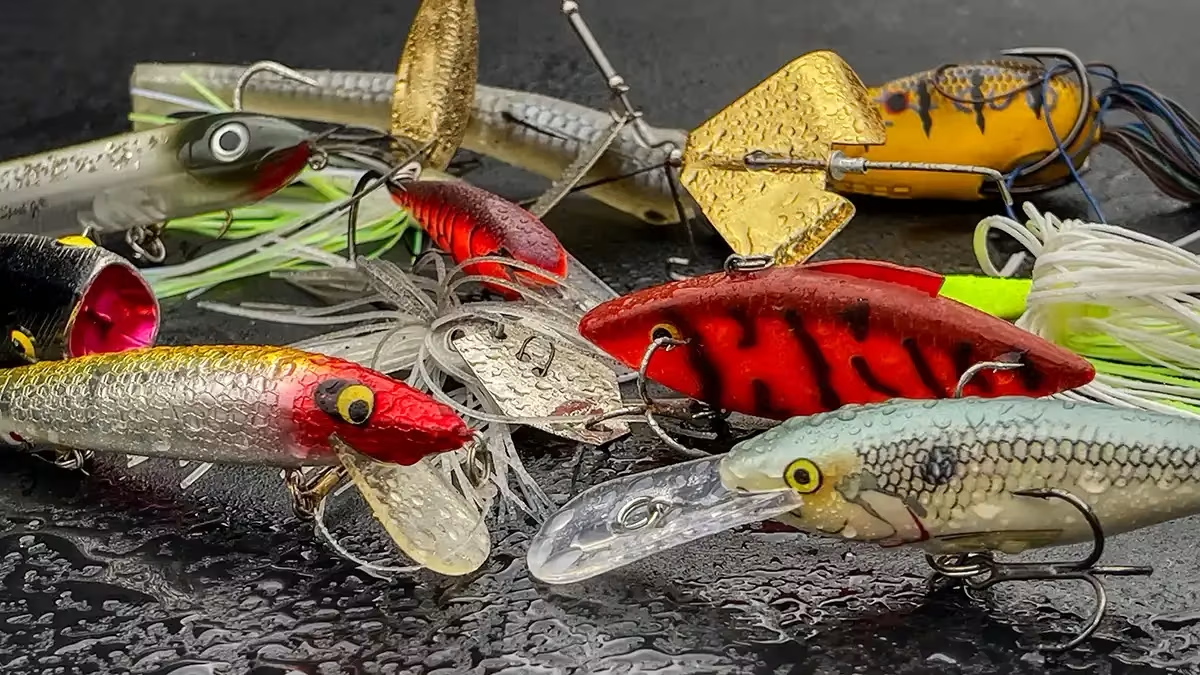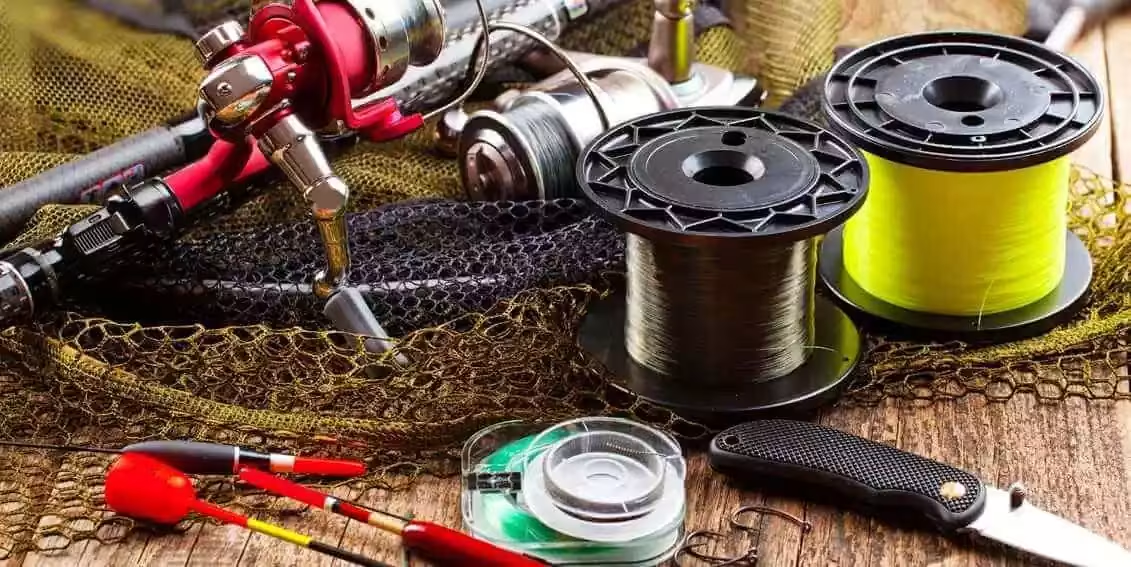Why Letting Them Go Still Matters
Releasing a fish isn’t just a feel-good moment; it’s real insurance for the fishery. Many game species take years to reach trophy size and may spawn only once a season. A healthy, released fish puts those genetics back into the system and gives someone else (maybe you) another shot later.
Fight Fast, Land Smart
Use tackle heavy enough to end the fight quickly—lighter gear is fun until the fish exhausts itself to death. Keep a rubber-coated net handy; knotless mesh won’t peel off slime or split fins. The moment the fish is secure, get that hook out and skip the hero pose until you have wet hands and a clear plan.
Handle With Care
- Wet, open palms: Dry skin removes protective slime.
- No squeezing: Support the belly with one hand, cradle the tail with the other.
- Skip the boat deck: A dropped fish on fiberglass burns scales like road rash.
A quick photo is fine, but think in seconds, not minutes. Hold your breath while the fish is out of water—when you need air, so does it.
Tools That Speed the Process
- Long-nose pliers or hemostats cut unhooking time in half.
- Small side cutters nip a buried treble and slide it free without surgery.
- Barbless or in-line single hooks come out with a twist instead of a wrestling match.
A clean release starts in your tackle box, not at the gunwale.
Revive Before Release
Point the fish head-first into gentle current or move it in figure-eight loops beside the boat. When the tail kicks on its own and the gills flare strong, let go. In warm water above 75 °F, that revival step can take longer; be patient.
Quick Checklist
| Step | Why It Saves Fish |
|---|---|
| Land in under two minutes | Reduces lactic acid build-up |
| Keep in water while unhooking | Fish can breathe while you work |
| Cut deep hooks | Stomach metal does less harm than ripped gills |
| Photograph at water level | Less gravity stress on organs |
Parting Thought
Treat every catch like the only one of its kind. A little care today means more bent rods, more memories, and a healthier fishery for the kids who will stand where you’re standing now.






